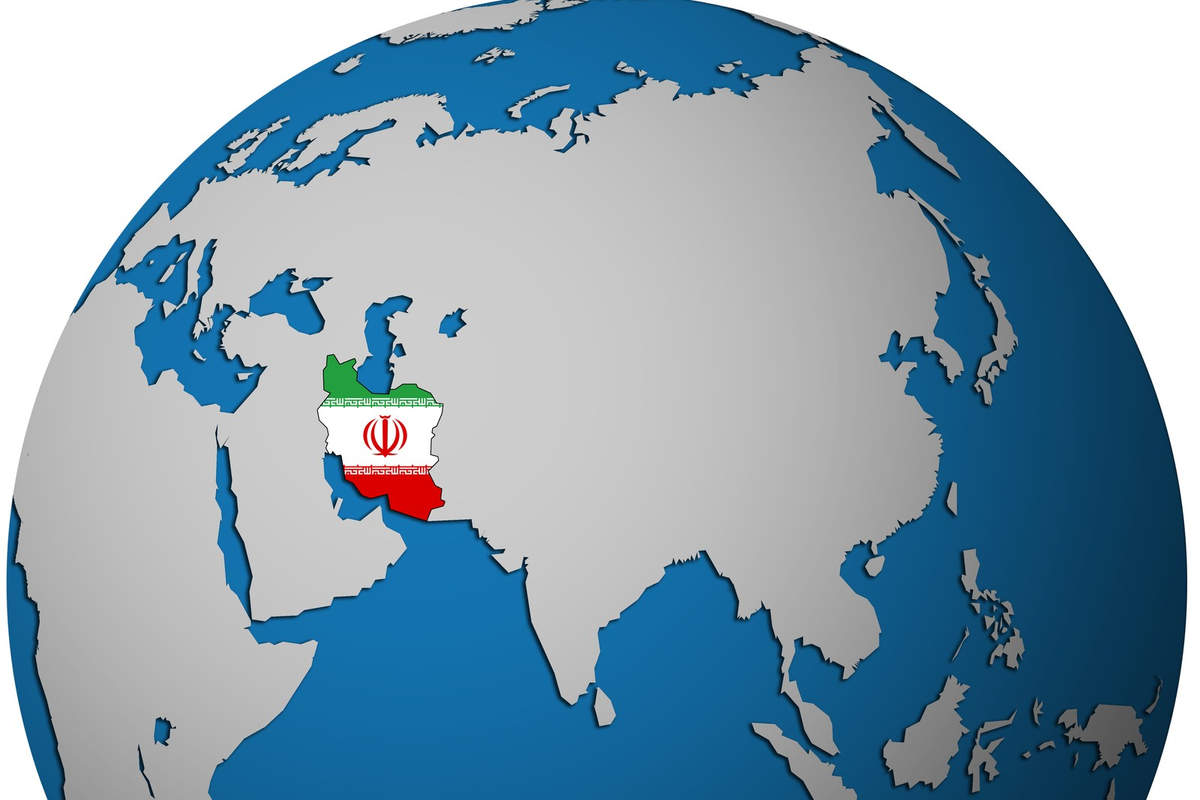Artist: Eva Zeisel (née Stricker) at the National Design Awards, Cooper-Hewitt, Smithsonian Design Museum, New York, 20 October 2005
Neil Rasmus · Patrick McMullan · Getty
Would they have recognised each other if their paths had crossed that autumn on Broadway? Both had recently arrived in the United States, though by different routes and for different reasons. Not long before, they’d spent several nights together.
It hadn’t been easy for either of them to leave Europe in 1938. She had travelled from Vienna via London with the help of affidavits guaranteeing she’d have financial support in the US and would be of use to her new country. One of her brothers was already in New York and doing all he could to save family members in Austria from Nazi persecution. They were Jewish, of course.
His story is more like something out of an adventure novel: first, there had been a dash from Paris to Cherbourg to board the SS Montclare before it left for Montreal. Then, he had entered the US under a false name and profession. Then, he too headed for New York, where, like her, he could count on help from family, though for different reasons and in even stranger ways. He too was Jewish, but that wasn’t the reason he fled – and, as far as we know, it played no part in their relationship.
Her name was Eva Stricker. She was born in 1906 into a well-off, assimilated Jewish family in Budapest that included several eminent scientists, among them the brothers Karl and Michael Polanyi. She was an artist, but her mother had insisted she learn a trade to support herself, so she became a ceramicist. She trained as a potter in Hungary and then Germany, and from 1930 to 1932 lived a bohemian life in Berlin, where she lodged in the former apartment of the painter Emil Nolde, at a time when street fighting between rival political factions was a daily event.
Recruited by the Soviet Union
Eva then went to join her lover and future husband, engineer Alex Weissberg, in Kharkov (now Kharkiv, Ukraine). Alex was one of the scientists the Soviet Union recruited to boost its industrialisation process and, though not a (…)
Full article: 4 142 words.
This article can be read by subscribers
Alain Gresh is deputy chairman of Le Monde diplomatique
(1) China requested that Saudi Arabia be included in the BRIC group of newly developed economies (Brazil, Russia, India and China).
(2) Quoted in Ben Simpfendorfer, The New Silk Road, Palgrave Macmillan, New York, 2009. See also John Garver, Flynt Leverett and Hillary Mann Leverett, Moving (Slightly) Closer to Iran: China’s Shifting Calculus for Managing Its Persian Gulf Dilemma, Reischauer Center, Washington, 2009.
(3) Arab News, Riyadh, 13 October 2010.
(4) Times Weekly, Beijing, 4 November 2010.
(6) For the Israeli dimension of the crisis, read David B Ottaway, The King’s Messenger: Prince Bandar Bin Sultan and America’s Tangled Relationship with Saudi Arabia, Walker & Company, New York, 2008.
(7) For more on these conspiracy theories, see Jeff Stein’s blog on The Washington Post website, “Former CIA analyst alleges China-Saudi nuclear deal”, 7 June 2010.
(8) Taiwan maintains a very active sales representation in Riyadh, as it does in other countries.
(9) Isabelle Saint-Mézard, “India and Israel: An Unlikely Alliance”, Le Monde diplomatique, English edition, November 2010.
(10) International Crisis Group, China’s Growing Role in UN Peacekeeping, 17 April 2009.
(11) See Gavin Menzies, 1421: the Year China Discovered the World, Bantam Press, London, 2002.

























